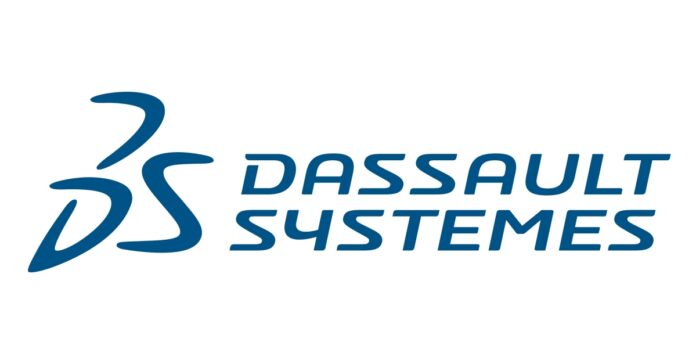VELIZY-VILLACOUBLAY, France– Dassault Systèmes (Euronext Paris: #13065, DSY.PA) (Paris:DSY) is helping the Pitié-Salpêtrière hospital in Paris – part of AP-HP, Europe’s largest university hospital system – evaluate the risks of coronavirus infection during the COVID-19 pandemic by using airflow simulation technology. AP-HP is relying on Dassault Systèmes’ 3D simulation solutions to reinforce its existing hospital safety measures for reducing exposure risks in both patient care and workplace environments.
When France entered its second nationwide lockdown in October 2020, Dassault Systèmes’ simulation engineers collaborated with hospital teams and the Paris architect Arnaud Delloye. The hospital wanted to evaluate the refurbishment of a post-operative monitoring room before starting any work. They simulated different scenarios in the room shared by a dozen infected and uninfected patients, and examined possible solutions that would complement the hospital’s existing safety measures, in order to proactively reduce the risk of exposure for the uninfected patients as well as staff.
Dassault Systèmes’ SIMULIA simulation software was used to model and analyze the airflow as well as the deposits of droplets in the room. Simulation enabled them to determine that the optimal solution combines a dedicated exhaust fan above each infected patient, an airflow system similar to one that the architect had created for a Paris restaurant, and a partition. The combination of the hospital staff’s medical and site expertise and Dassault Systèmes’ simulation offered a new approach for the purpose of scientific understanding.
This project is the latest in a pro bono program by Dassault Systèmes since the pandemic’s outset that has already enabled another AP-HP hospital in Paris, Bichat – Claude Bernard, to rearrange a hospital trauma bay, optimize the layout of patient beds, help understand surface contamination, and add air filtration systems during an unprecedented health crisis. Each project is part of a targeted approach that must take an area’s particular characteristics into account in order to identify risks and solutions specific to that space. As part of this ongoing collective effort, the projects have also included inputs by students from France’s leading engineering university, Ecole Polytechnique. In the coming weeks, Dassault Systèmes will simulate and identify virus propagation risks in two AP-HP hospital cafeterias in order to recommend measures that reinforce those already in place for hospital personnel.
“We must continue to take a proactive approach in helping minimize the impact of this virus on our fellow citizens and healthcare systems,” said Claire Biot, Vice President, Life Sciences Industry, Dassault Systèmes. “Simulation can be used to improve safety in hospitals, nursing homes and specialized clinics, as well as to optimize the floor plans of hospitals that have not yet been built. This collaboration is all part of our mission to harmonize product, nature and life, and make the world a better, safer, healthier place.”






